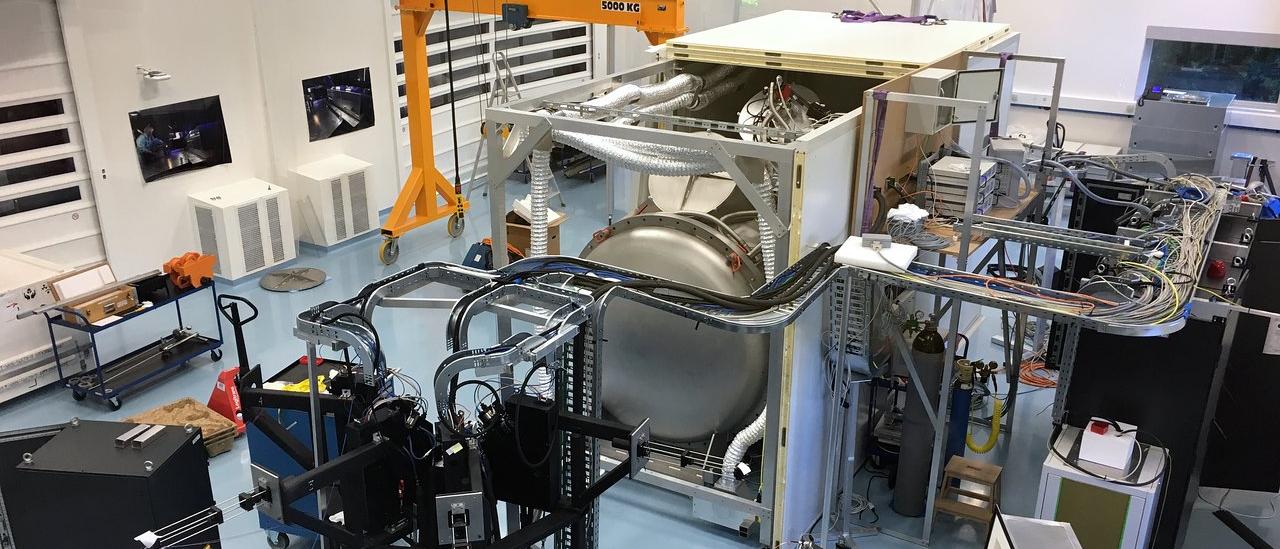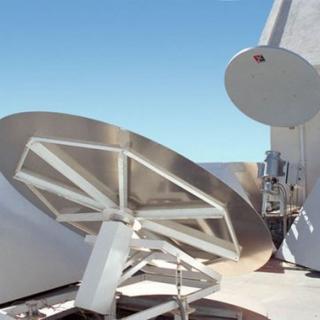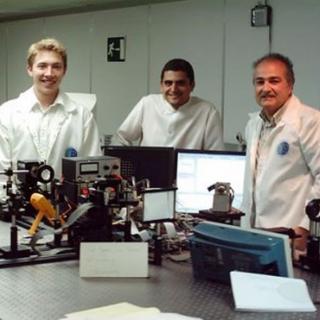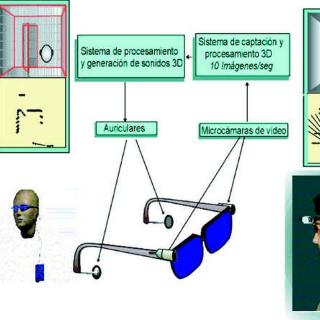Related grants:
General
At its 67th Meeting in October 2007, the ESO STC recommended the development of additional second generation VLT instruments and its detailed proposal was endorsed by the ESO Council at its 111th meeting in December 2007. Among the recommended instruments, a High Resolution, Ultra Stable Spectrograph for the VLT combined Coudé focus arisen as a cornerstone to complete the current 2nd generation VLT instrument suite. Once finished the Phase-A study for such instrument, starts the development–design phase, and the instrument was finally installed and tested in Autumn and Winter of 2017. The Echelle Spectrograph for Rocky Exoplanet and Stable Spectroscopic Observation, ESPRESSO, is a fiber-fed, cross-dispersed, high resolution, ultra stable spectrograph that will be located in the Combined- Coude Laboratory (CCL) of the VLT and can be operated with one or up to 4 Unit Telescopes (UTs) of ESO’s VLT, to be the first instrument able of using a 16-m equivalent telescope. The main scientific drivers for the ESPRESSO instrument have been defined by ESO. They are: 1. Measure high precision radial velocities for search for rocky planets 2. Measure the variation of physical constants 3. Analyse the chemical composition of stars in nearby galaxies. The ESPRESSO instrument is offered to the scientific community for observations since October 2018.
Members
Results
The IAC as a member of the Espresso consortium will collaborate doing various Work Packages, next are described a little detail of each WP: Fibre-Link The Fibre-Link is a subsystem designed to carry the light from the “Front-End Unit” to the exact point in the optical bench inside the vacuum vessel. This WP cover all the activities related to the development, manufacturing, installation and maintenance of the fibre link of the instrument. An example of this activities are: Fiber link Error budget, preliminary design, Alignment Plan and Procedures, MAIV issues, Detailed design, Prototype manufacture, Prototype tests, Specifications, Manufacture control, Full laboratory tests, Safety issues, Reliability issues, Operation and maintenance issues, Packing and transport to AIV premises. Responsible: JL. Rasilla. Optic-mechanics This WP cover all the activities related to the design, manufacturing, installation and maintenance of the optomechanics of the instrument. The Spectrometer Optomechanics include the optomechanics themselves, that is, optical elements (during design phases) and optomechanical mounts, and the optical bench. The optomechanical mounts include all the assemblies and/or parts that allow the different optical elements to be supported, located and aligned (through their position on the optical bench) in a tight way. The optical bench allows the optomechanical mounts, and therefore the optical elements, to be supported and placed relatively among them, tracing out in an approximate way the optical layout. The main activities of this WP are: Feedback for optimization of optical design, Optomechanics and optical bench design, Inputs for Risk Analysis, Stability issues (structural analysis), Interfaces identification and definition, Inputs for MAIV plan preparation, Identification of potential prototypes, Development of drawings, Development of prototypes, Safety and reliability issues, Development of tests, Manufacturing, assembly and tests of subsystem, Packing and transport to AIV premises. Responsible: F. Tenegi. Optics-Delivery The Optics- Delivery Work Package cover all the activities related to the manufacture and/or procurement contract and all the related activities. An example of this activities are: Spectrometer Optics manufacture contract, Manufacturing control, Spectrometer optics laboratory test, Spectrometer AIV, Exposure Meter procurement, Exposure Meter AIV, Operation and maintenance issues. Responsible: JL. Rasilla. Product Assurance Quality Assurance This WP covers globally the quality assurance of the project, should be done independently of the product engineering tasks, by someone implied in the project, but not directly linked to another WP. To produce a coherent work package, it is foreseen that this work package covers all issues related to product assurance (PA), being quality, reliability and safety. The quality engineer (QE) will thus be in charge of the analysis and follow-up of the risks and hazards (including earthquakes), safety and reliability issues, in this line must to prepare Analysis, Controls, Plans and Following-ups. Responsible: M. Amate. Software In this contribution we collaborate in two WP: The Data Reduction Software (DRS) and the Data Analysis Software (DAS). In the DRS WP, the contribution is to explore and define several algorithms that we will have to describe during the next phase, studying the following two aspects: a) Absolute accuracy of wavelength calibration: assuming that we have laser-comb calibration spectra covering a sizable fraction of the detector, I will have to explore the procedures and algorithms required to obtain an accurate absolute wavelength calibration of the science spectrum. This work would be carried out in conjunction with our participation in the laser comb currently being tested in the HARPS spectrograph. b) Optimal extraction of spectra: Investigating the methods presently used to optimally extract Echelle spectra, as e.g. for UVES, X-SHOOTER, etc, with the aim to define the best suited method for ESPRESSO. In the DAS WP: IAC has a person as the Deputy of this WP. For this Phase, we still have to define the different work to be done by the different members of this WP. Responsible: J. González. Collaboration IAC-NTE-SENER It is not a WP of the consortium. Basically this cooperation is based on the transfer of scientific knowledge by a research institute to the industry with the feedback of the use by the institute of the resources of the industry. In this case the final technical terms of the collaboration are not completely defined, basically it is needed to find aspects of one or more WP where the mutual benefits of the collaboration be maximized.
News




